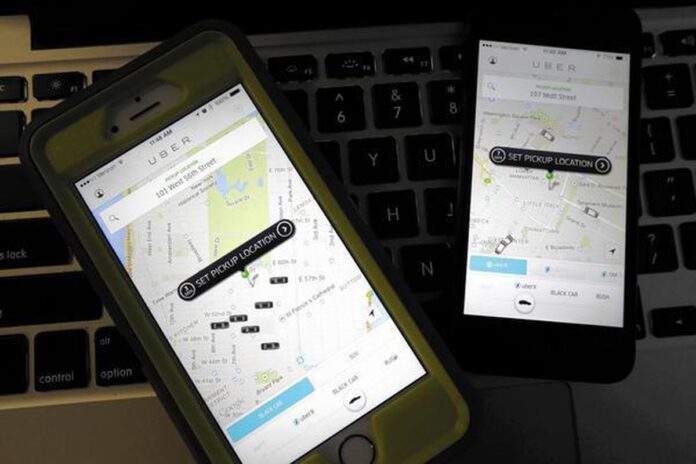Hardly a day goes by without reports of companies and web services being overrun by bots. Bots are automated scripts that mimic human behaviors such as surfing websites, liking posts, uploading content, and clicking ads.
While they might seem like good things (and indeed, some bots help us), too many bots can do significant damage to your website or online presence.
The solution? Bot management! A few minutes spent configuring your bot management tool will pay off with significant results: more time for you to focus on more productive tasks and less effort spent fending off unwanted bot attacks.
What are Bots?

Ever come across a Twitter account that’s followed by thousands of users but has only sent a handful of Tweets and never seems to engage in conversation with anyone? You might be looking at a bot.
Bots can automatically post messages on social media platforms or use specific algorithms that help them learn how to behave like human beings. They’re everywhere – from social networks to dating apps, even on retail websites. And if you’re not careful, they could be using your personal information for financial gain.
How Did Bots Evolve?
They’ve been around since the 1980s, but bots have been widely adopted in recent years due to advancements in technology and changes in user behavior. Because many brands invest more time in building their social media followings than in engaging with existing followers, bots have become the perfect tool to handle their work.
While many of us might spend hours sifting through our Twitter feed each day, brands are more likely only to spend around 6 minutes per week managing their accounts overall.
This shift is mainly due to changes in how we use social media platforms. Many of us now rely on them to communicate with friends and family and make purchase decisions – whether booking a trip or choosing where to eat dinner.

Brands need quick access to information about products and services they can share easily across their networks, which helps explain why sites like Instagram are crowded with ads from local businesses.
Despite widespread use, it remains difficult for marketers to get bots right. The best ones are so good at imitating human communication that they can be almost impossible to detect. Bots can also behave differently on different sites – while some might post only about the weather on Instagram, others could be sending out spammy direct messages on dating apps or sharing information about political views on Facebook.
What is Bot Management?
Well, it is exactly as it sounds. The purpose of bot management tools is to help you monitor and control the bots that access your social channels, website, and ad campaigns.
How a bot manager can help you control bot traffic:
Bots are the attackers: Bots will attack your website or online presence just as much as humans do – but why? While it may seem like an innocent mistake, many bots carry out their nefarious activities simply because they’re programmed to do so by those who created them.

If a third-party company creates a piece of software capable of accessing your Facebook page based on set conditions (check-ins every hour, liking specific posts), this software will continue carrying out these tasks until you find a way to stop it.
Bots are always online: Humans have work, rest hours, lunch breaks, etc. When they are at work or resting, humans are not active on social media. This means your presence is significantly less visible when you’re not ‘at the helm’.
Of course, this isn’t always true, especially if you use an auto-posting tool for your social channels because then there’s no difference between what happens when you’re present or away from your computer.
Bots, however, do not sleep! They will continue carrying out their assigned tasks without a break until a human involved in bot management finds a way of stopping them – so the problem only gets more extensive and more costly over time.
Bots are everywhere: Bots have invaded social media networks, websites, and ad campaigns worldwide. Some of them are programmed to carry out tasks that benefit humanity in some way or form (such as blocking spam comments).

In contrast, others are created for nefarious purposes such as buying followers, selling likes, and generating profits through click fraud. The latter is especially true on the ad network level, where bots will follow a link back to a specific website without any human interaction whatsoever – simply because they can!
Bot management tools provide the antidote: Simply put, there’s no denying bots exist, and it’s your responsibility to make sure only trusted ones access your accounts! As suggested by DataDome, a good bot manager will make this process much easier and faster.
Why is Bot Management Important?
With all the different approaches, alerting systems, and features offered by today’s bot management tools, it’s difficult to know precisely why you need one in the first place. The short answer is simple: bots are everywhere!
They can be used for multiple purposes, including data collection, automated marketing campaigns, or general web traffic analysis. But there are also plenty of bots that are programmed for nefarious purposes! This means your presence on social media networks, websites, and ad campaigns will be less visible because bots don’t have a day off.

Moreover, if you do not use bot management tools to monitor your presence 24/7, you will miss all the opportunities of interacting with actual humans!
What Should You Be Looking for in a Bot Management Tool?
If you’re new to the world of social media and ad campaigns, it’s understandable that you might feel a little overwhelmed by the sheer number of products on offer.
There are some key features every good bot management tool should deliver:
Real-time alerts
A reliable bot manager should let you know as soon as an attack has been detected. This means you can find out about any security breach within a few seconds and take appropriate action before the issue gets more prominent.
Alerts by post, comment, or like

The circumstances of every attack will be unique (that’s why it’s such a complex job to stop them), but there are usually similarities between related attacks.
A good bot management tool should alert you as soon as an attack has taken place – regardless of its preferred method for gaining access to your accounts: likes, comments, or posts on Facebook; tweets on Twitter; shares on LinkedIn; and so on.
Keep in mind that tools like ThreatX will notify you only if they’re appropriately configured.
Instant notification via mobile app
Many users prefer to access their social media accounts via a mobile device these days – and this trend is set to continue for years to come. A good bot management tool should offer a mobile app for instant notifications on the go!
Panic switch (optional)

This feature comes in handy if you find yourself under attack when you cannot reach your computer. If activated, it will immediately end all activities carried out by bots across all of your online properties. All the features above are at your disposal with most products on the market today – but there’s one thing that might be more important than all of them combined.
Real-time threat assessment (optional)
As previously mentioned, each type of bot has its way of thinking. Some bots are programmed to harvest data while others mimic human behavior or even carry out a broad-scale attack!
The good news is that bot managers will make it easier for you to separate the ‘good bots’ from the bad ones because they can tell what a particular bot can do based on what it has done before.









